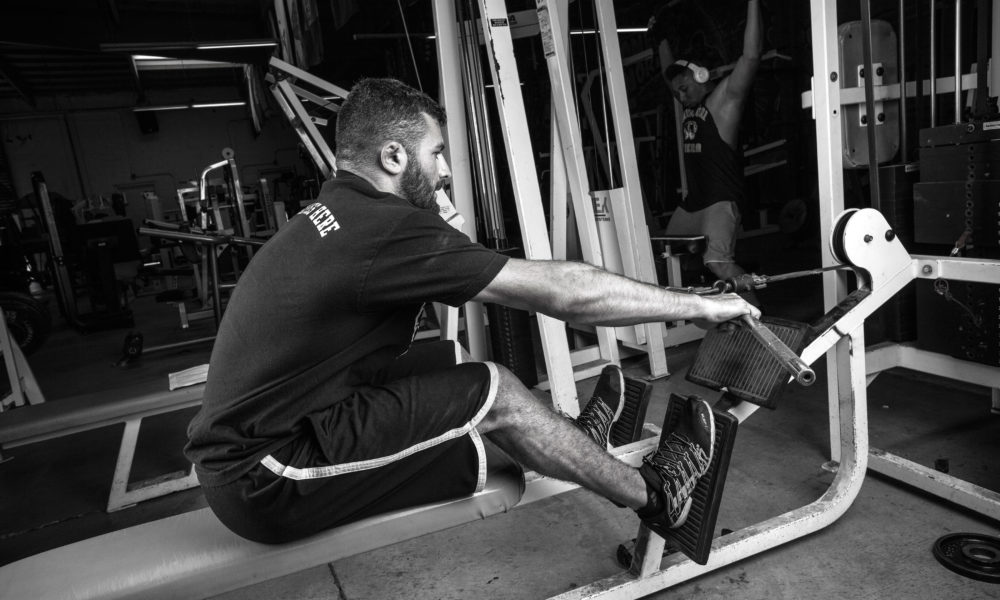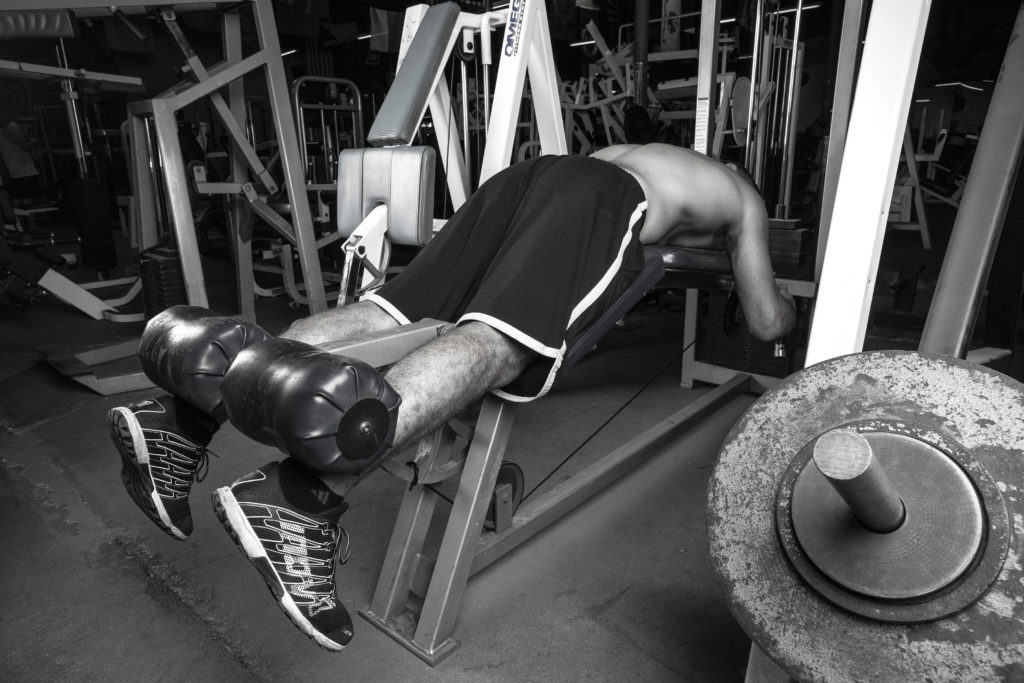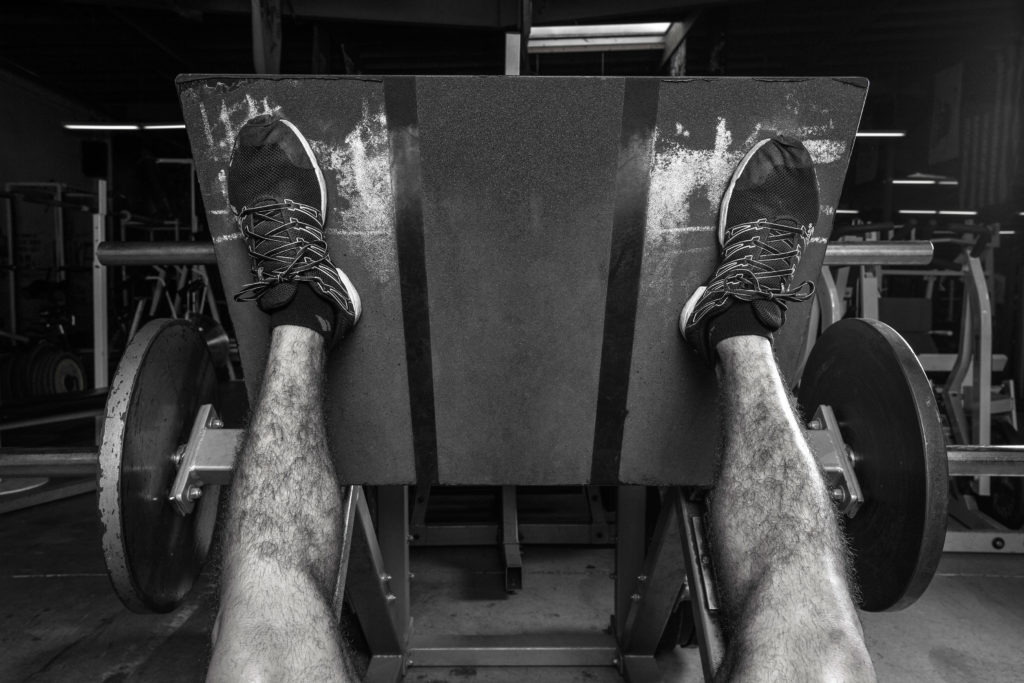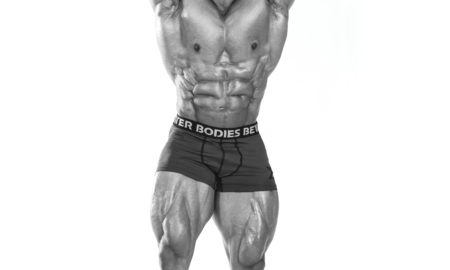

The barbell is a great tool, but strength athletes miss out by eschewing machines
By Eddie Avakoff, owner of Metroflex LBC
Over the last few years, functional fitness trends have ostracized weight machines as if using them would transmit some deadly case of “non-functionalitis” where, God forbid, your core may not be completely engaged during the entire movement.
It wasn’t long ago when health clubs were filled with machines and everybody was using them. But somewhere between then and now, machines fell out of favor and everyone went barbell crazy. And now barbells have seemingly replaced machines because everyone in the gym is a self-proclaimed “functional athlete.” I don’t know if Greg Glassman’s Kool-Aid is responsible, but suddenly no one wants to use machines anymore.
When you hit a strength plateau, the course of action is simple: Break the movement down, isolate and strengthen the weak components, then retest the system. Machines are an isolation movement. Allowing you to focus on a specific muscle without the rest of the body providing assistance. Is isolating a muscle group ideal for total-body functional strength? Not directly. But when you consider that the isolation movement can in turn strengthen a muscle group used to produce a larger movement, therefore making that movement better, then all of a sudden we can see the applicability of machines.

In the big picture, the functional athlete should look at these machine movements as an opportunity to specifically target a weak link to the chain: If your deadlift sucks because your legs are failing on the lift, don’t just keep deadlifting. Dissect the movement and identify which muscles are weak. Then hammer the hell out of that weak muscle group on the appropriate machines.
Think of the overall movement as a bridge that cars travel over. The bridge is supported by pillars. Failing the lift is like having too many cars on the bridge and a breakdown of a particular pillar. However, we can strengthen the bridge by dissecting it pillar by pillar, and strengthening each one individually. After that, we retest the bridge. If it fails the weight, we repeat the strengthening process. If it holds more cars, then we keep increasing the weight until another pillar gives out. Then we isolate that failing pillar and strengthen it. This cycle could go on forever.
Machines are a great way to build general strength that can make functional movements a whole lot better. If your goal is to grow bigger and stronger, try these five machines.
Leg Press
The leg press is one of the most effective machines in the gym at building overall strength and muscle mass. Aside from squats, it’s definitely one of the most important exercises in your leg routine. Hopefully the leg press in your gym has a large enough foot plate to adjust your feet, because foot placement is important depending on your goals.
Placing your feet close together utilizes the outer quads (vastus lateralis), whereas placing your feet wider begins to utilize more and more inner quads (vastus medialis). You will also begin to feel your hamstrings engage more the wider you place your feet.
Vertically, on the foot plate, be very careful as to how low you set your feet. High foot placement is safe and targets the glute/ham tie-in, and the lower you place your feet the lower the stress drops from your glutes down into your quads. However, placing your feet too low can elicit tremendous stress on your knees.

Cable Row
The cable row offers strength benefits to back, shoulders, biceps, and even grip. But perhaps the most significant benefit of all is how it strengthens your overall posterior chain. The cable row is a great movement for assisting the deadlift. In talking with some incredibly respectable coaches since opening Metroflex LBC, cable rows come up as the most utilized assisted exercise for increasing one’s deadlift. In fact, I’ve talked with some coaches who use cable rows in higher training frequency than deadlifts themselves and have produced state, national, and even world-record deadlifters.
Using a straight bar (like a lat pulldown bar) is a great cable attachment for someone looking for the strength benefits to help their deadlift. Place hands on the bar at the same width as you would place them on the barbell for a deadlift. Avoid using a reverse grip and keep everything symmetrical.
If your goal isn’t necessarily a big deadlift as much as its just building a big back, then use a cable attachment that keeps your hands close together, like the double D-handle attachment. Using unconventional attachments also has benefits. The double-end rope, for instance, elicits more activation to the upper back, assuming you’re pulling the rope high into your upper chest).
Engaging your hips in the movement is another variable that’s dictated by goals. Powerlifters and other functional athletes looking to always increase their hip extension power might want to use their hips at the top of the pull. Hip movement will also allow the athlete to reach extra low on the cable rows (again, providing a big assistance to the deadlift). Athletes looking for an aesthetic benefit should keep their hips and core motionless, and focus all the movement on the shoulders and back.
Machine Biceps Curl
Strength can roll their eyes about biceps curls, but rest assured they are important. Pick up just about anything and you’re using some part of your bicep. Grip strength is also a direct precursor of bicep strength. Think of the crossover applicability: Chin-ups require a lot of bicep strength when it comes to getting your chin over the bar. Deadlifting, especially with a reverse grip, presents a risk of tearing the bicep if it’s not strong enough. Even grappling sports like wrestling or jujitsu require a lot of bicep and grip strength.
I know a lot of people who adhere to biceps curls with a barbell or dumbbells. And as effective as free weights are, there are times when machines can get the job done just as well, if not better. The appeal of using free weights is that your core is engaged. Therefore, your core helps with the movement. This is just as much of a blessing as it is a curse, depending on your goals and what you’re trying to isolate. I recommend bicep curls out of a machine because it generally locks your elbows into place and isolates all the movement and muscle tension directly to the biceps. The core is disengaged and the arms do all the work.
Machine Shoulder Press
I recommend that all strength athletes practice pressing from both the horizontal (bench) position, as well as the vertical (military press) position. If possible, even explore something in the middle, like a 45-degree incline-bench pattern. Isolating the shoulders through pressing movements is a great way to increase overall shoulder strength. I usually save the machine hypertrophy and assistance work to vertical press patterns (and leave the horizontal patterns to free weights). That said, the shoulder press machine is a great tool for isolating and strengthening your shoulders, in both the seated and standing position.
Completing the shoulder press from a standing position and with the instability of a barbell, especially when pursuing heavy weight, is great for strengthening your core. In fact, many lifters will attest that their core fails out during shoulder presess before their actual shoulders do. Therefore, it’s difficult to truly exhaust the shoulders before having to put down the weight and rest. A shoulder press machine allows for the core to take a back seat to the shoulder tension. The core is still engaged (especially if standing), but it’s not taking the brunt of the load, especially during lockout.
Prone Hamstring Curl
Ask just about any professional athlete and they’ll tell you that you can never have hamstrings that are too strong. Hamstrings can always be bigger, stronger, and more explosive. Not just for deadlifts, but for jumping, sprinting, kicking, rowing, and just about any other athletic movement.
I feel strongly that prone hamstring curls are more effective than standing. I generally see a greater range of motion allowed by the machine and also a more distributed tension throughout the entire rep. Standing leg curls offer a great squeeze at the top but little resistance at the bottom. Hamstring curls are one of those movements that can and should be completed at least twice a week. I complete hamstring curls on leg day (moderate weight four sets x 12 reps) and also on back/deadlift day (light weight five sets x 20 reps). The mix of weight and volume allow for a great leg response. IM






















You must be logged in to post a comment Login